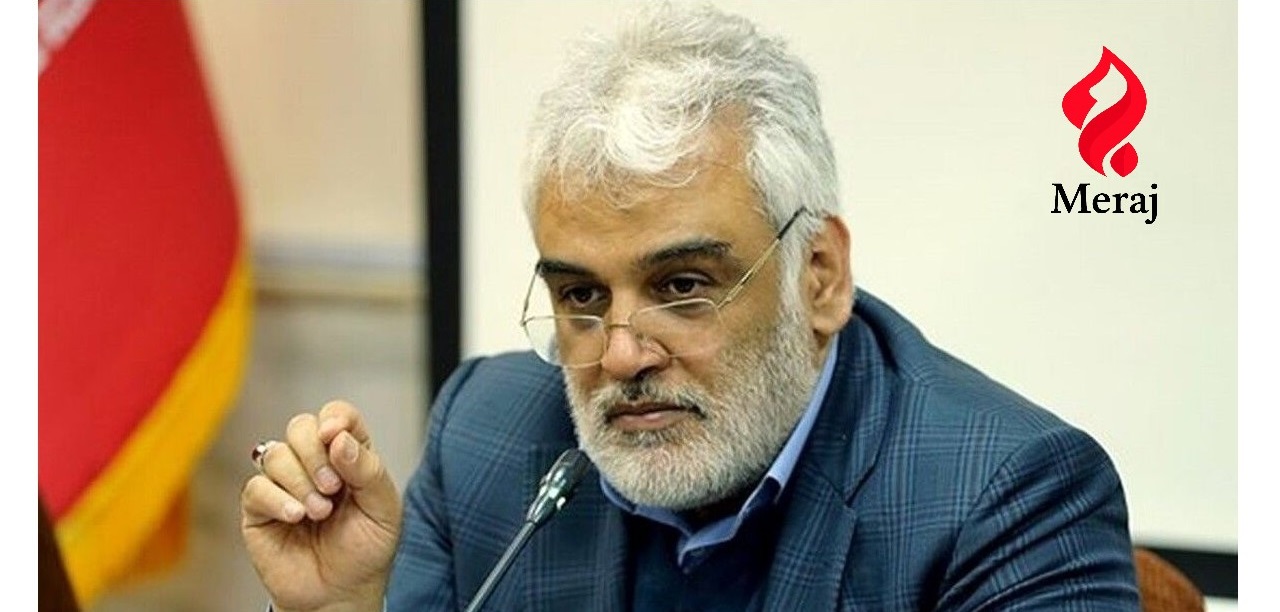
Mohammad Mehdi Tehranchi, a prominent Iranian nuclear physicist and academic leader, was assassinated in an Israeli airstrike on his residence in Tehran on June 13, 2025.
His martyrdom marked the loss of one of Iran’s most influential scientific figures. Tehranchi was widely known for his contributions to nuclear physics, higher education reform, and scientific leadership across multiple Iranian academic institutions. This report details his academic journey, scientific achievements, and the significance of his legacy.
Born in 1965 in Tehran to a devout family, Mohammad Mehdi Tehranchi completed his primary and secondary education in the Iranian capital. He earned his BSc in Physics from Shahid Beheshti University in 1988, followed by an MSc in Solid State Physics in 1991. He later received a PhD in Theoretical Physics from the Moscow Institute of Physics and Technology in 1997. He also completed a postdoctoral research fellowship at the International Centre for Theoretical Physics (ICTP) in Trieste, Italy.
Tehranchi returned to Iran to teach at Shahid Beheshti University, where he rose through academic ranks and achieved full professorship. His early work contributed significantly to expanding research infrastructure in Iranian universities.
Tehranchi held various positions in academia, including Assistant for Planning at the Faculty of Science (1998–1999), Head of the Physics Department at Payam Noor University, and Deputy Dean for Graduate Studies at Shahid Beheshti University.
Among his most important contributions was founding the Laser and Plasma Research Institute and the Faculty of New Technologies at Shahid Beheshti University. He also served as Director of the National Photonics Research Pole and contributed to the advancement of nanoscience in Iran. Tehranchi was a founding member of the Iranian Nanotechnology Society and served on the board of the Iranian Society for Optics and Photonics.
He became President of Shahid Beheshti University (2012–2016), where he oversaw improvements in global rankings, research facilities, and academic programs. In 2017, he joined the Board of Trustees of Islamic Azad University and was appointed President of the Islamic Azad University system in 2018. He also served as Supervisor of the Tehran Province branch and was a member of the Supreme Council of the Cultural Revolution from 2020.
Tehranchi specialized in condensed matter physics and nanophysics, focusing on high-temperature superconductors, quantum simulation of materials, and quantum computing. He authored over 150 peer-reviewed articles indexed in ISI journals, accumulating over 3,000 citations with an H-index of 29. He also authored and translated 12 academic textbooks and registered 8 patents in applied technologies.
His academic excellence earned him national recognition, including the Distinguished University Professor Award in 2010 and Iran’s First-Class Medal for Science. He played advisory roles in various scientific councils and was a respected reviewer for international journals.
On June 13, 2025, Tehranchi and his wife, Mojgan Qaraviri, were killed in an Israeli airstrike targeting multiple sites in Iran. His name had long been on Israeli and U.S. intelligence lists due to alleged involvement in Iran’s nuclear program, particularly the AMAD Project.
His assassination triggered widespread mourning and outrage in Iran. A massive funeral was held in Tehran, and he was buried alongside his wife at the shrine of Abdul Azim Hassani in Rey. Supreme Leader Ayatollah Khamenei condemned the attack, vowing a “severe response” and praising Tehranchi as a martyr of science.
Colleagues and students remembered him as a scientist who fused faith, knowledge, and national service. He was often described as a “commander in the field of science and culture.” His legacy continues to inspire a new generation of Iranian scientists dedicated to technological sovereignty and national resilience.
Sources: IRNA, ISNA, Tasnim News, Shahid Beheshti University, Islamic Azad University, Reuters, Al Jazeera, Wikipedia (Persian).